-
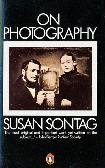
On Photography
-
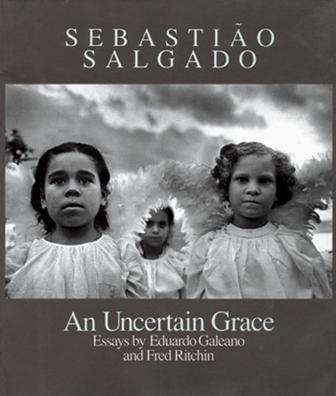
Sebastiao Salgado
-

Rene Burri Photographs
Achieving initial recognition with the seminal photo-essay "Die Deutschen" in 1962, Rene Burri has maintained the vantage point of "unassuming reporter" throughout his career. His egalitarian approach to photography has allowed him access to many events and people who remain elusive to the rest of us. After joining the photo agency Magnum in the late 1950s, Burri travelled extensively around the world from the Middle East to South America and the breadth of his travels is fully represented in this comprehensive book. Included are key moments in Burri's career, such as his 1960s portraits of famous artists like Picasso, Giacometti and Le Corbusier which he took for "Du" magazine. It was around this same time that he took the photograph used for the now iconic poster of Che Guevara smoking a cigar. Since the 1960s, Burri photographed war zones such as Cambodia and Vietnam and made films for the BBC. A contemporary of Henri Cartier-Bresson, Burri takes photographs with a unique warmth and egalitarianism that distinguishes him from his peers. "Rene Burri Photographs" is the culmination of several years of scholarly research by Hans-Michael Koetzle into Burri's important contribution to reportage photography. The book begins with an introduction that describes the history, politics and artistic influences that have coloured Burri's work. Each of the 22 chapters that follow it is accompanied by a brief essay that gives an overview of the images in that particular section, the time period and political climate. Each page is also accompanied by extended captions explaining the images. -
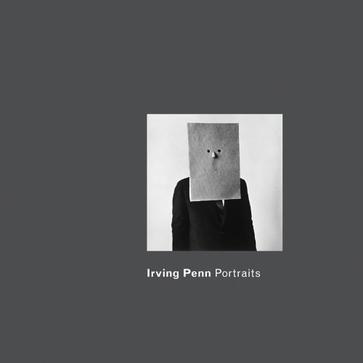
Irving Penn Portraits
From Penn's early work of the 1940s to recent images made in the twenty-first century, "Irving Penn Portraits" honors a selection of photographs with reproductions of superb quality. Among those featured are Giorgio de Chirico, Igor Stravinsky, Pablo Picasso, Duke Ellington, Marlene Dietrich, Woody Allen, Rudolf Nureyev, Helmut Newton and Jasper Johns. Irving Penn was born in 1917, in Plainfield, New Jersey. In a career of more than sixty years, he created an extensive and influential body of photographs in portraiture, fashion and still life. His work resides in the permanent collections of major museums internationally and has been published in over twenty-five monographs and exhibited throughout the world. The full list of contents include: Giorgio de Chirico, The Angel, Cecil Beaton with Nude, Max Ernst and Dorothea Tanning, Peter Ustinov, Edith Piaf, Elsa Schiaparelli, Truman Capote, Igor Stravinsky, Ballet Society, Joan Miro and his daughter, Dolores, Tarragona, Caffe Greco, Marlene Dietrich, Alberto Giacometti, Colette, Tennessee Williams, Pablo Picasso, Francis Bacon, Saul Bellow, Rudolph Nureyev, Barnett Newman, Saul Steinberg, Duke Ellington, Woody Allen, Issey Miyake, Louise Bourgeois, Helmut Newton, Ellsworth Kelly, Chuck Close, Jasper Johns, Robert Rauschenberg, and Kenneth Noland. This title accompanies a major exhibition at the National Portrait Gallery, London (18 February-6 June 2010), followed by a European tour. It is the first book ever dedicated to the portraits of Irving Penn. It includes thirty stunning tri-tone photographic reproductions. Photographs are drawn from across seven decades, from the celebrated 'Portrait Series of 1947-8' to an arresting image of Jasper Johns captured as recently as 2006. -
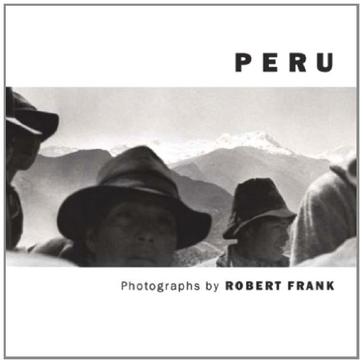
Peru
In March 1949, Robert Frank mailed a birthday gift to his mother in Switzerland: A maquette of a series of photographs he had made during a visit to Peru between June and December of the previous year. Frank assembled an identical book for himself, and these two maquettes now reside in the collections of The Museum of Modern Art, New York and the National Gallery of Art, Washington. A few of the images are well known in Frank's oeuvre, but until now very few people have seen the entire series--which, in 1949, already displayed the hallmark of Frank's distinctive image-sequencing. Peru also exhibits an ease and flexibility that Frank himself confirms: "I was very free with the camera. I didn't think of what would be the correct thing to do; I did what I felt good doing. I was like an action painter." Using a hand-held 35mm Leica camera, Frank documented the country's massive vistas, weathered faces, manual labor and dusty roads stretching to the horizon with a spontaneity of motion that propels the viewer into the midst of the scenery. For the first time, and under the direction of Frank himself, this book presents the complete sequence of images. Peru is a work of major significance in both the artist's history and the history of photography. Published in association with the National Gallery of Art, Washington. -
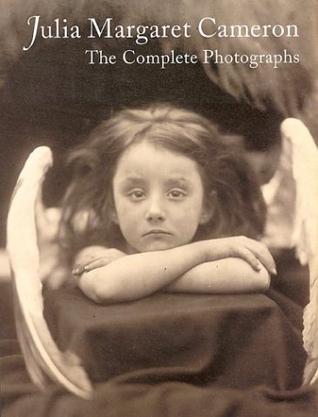
Julia Margaret Cameron